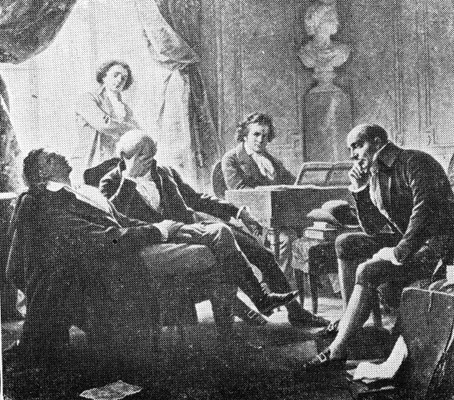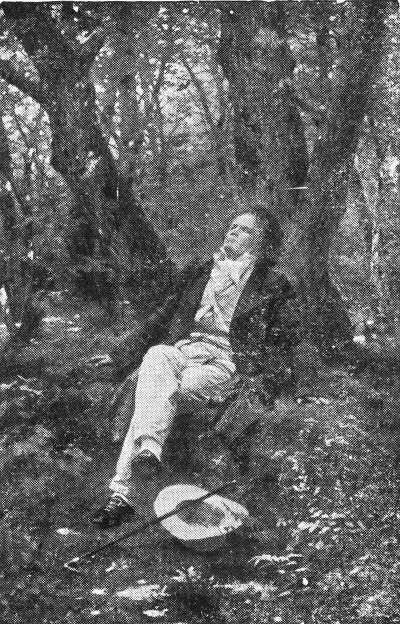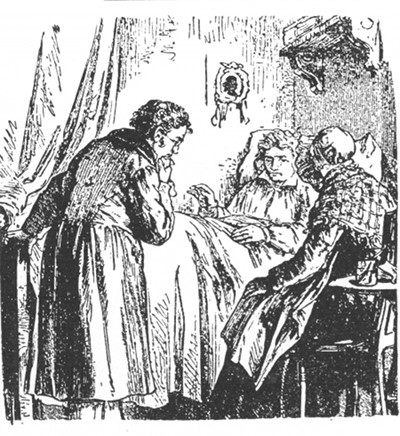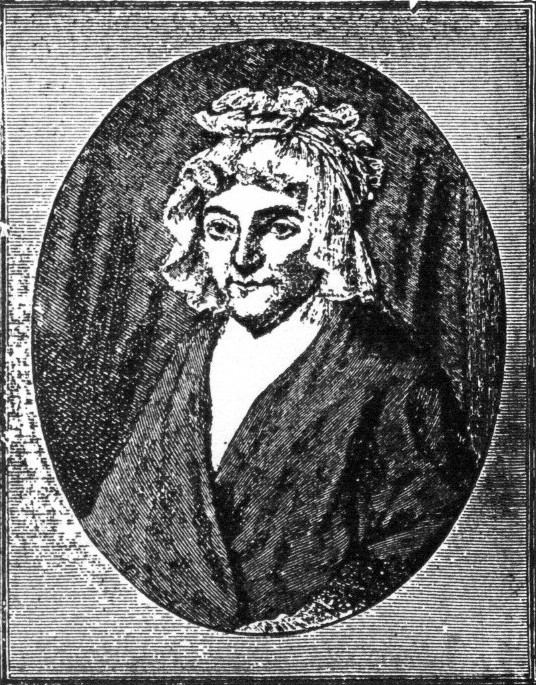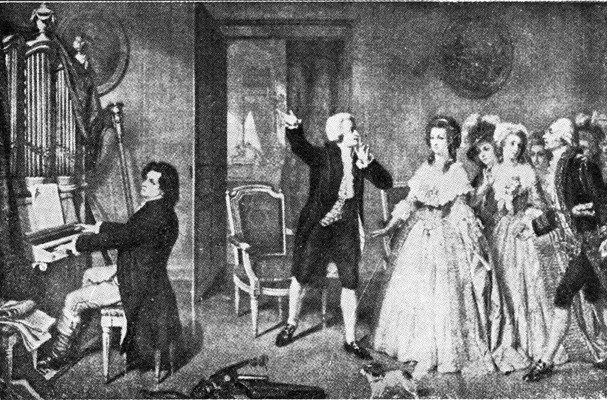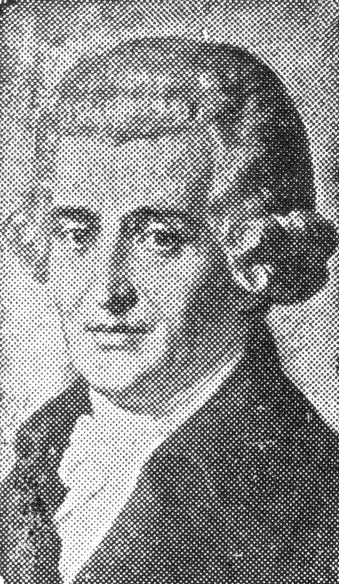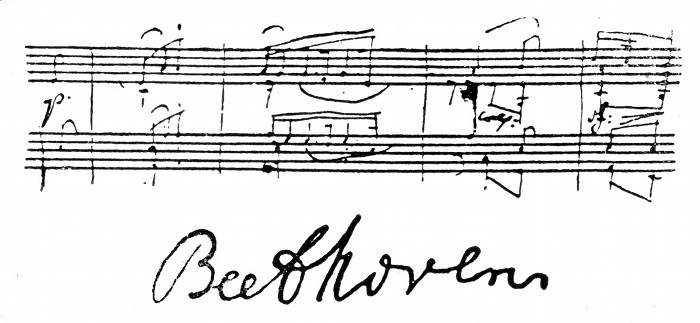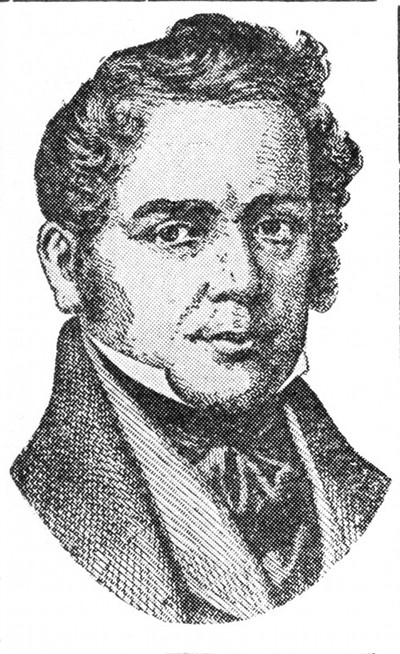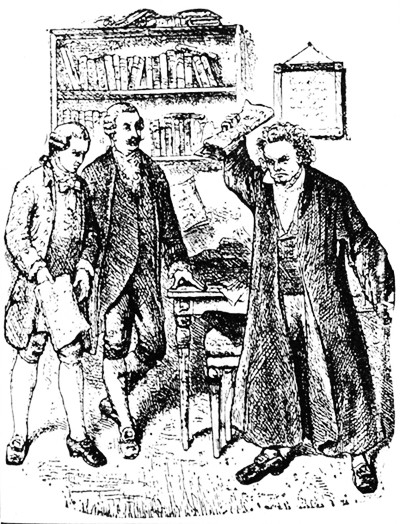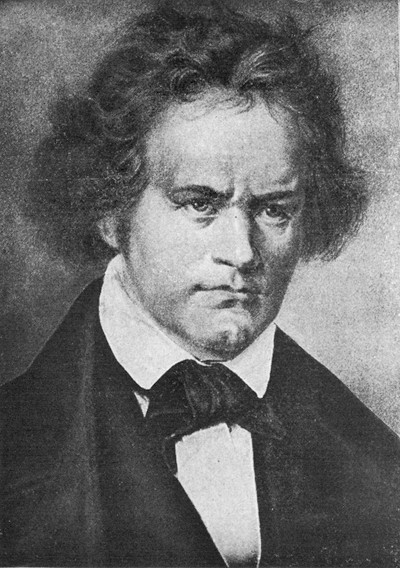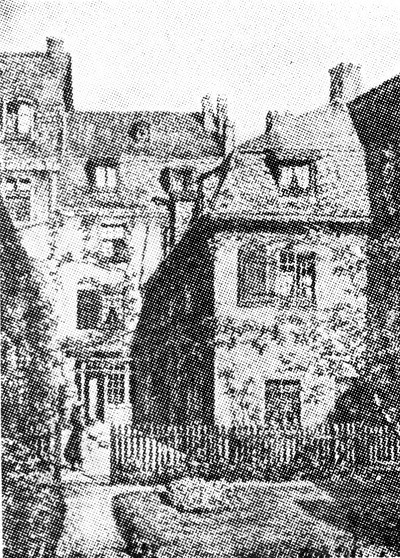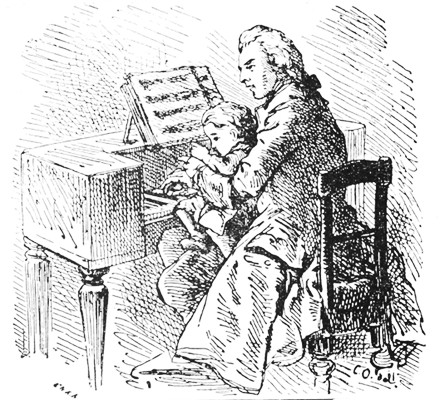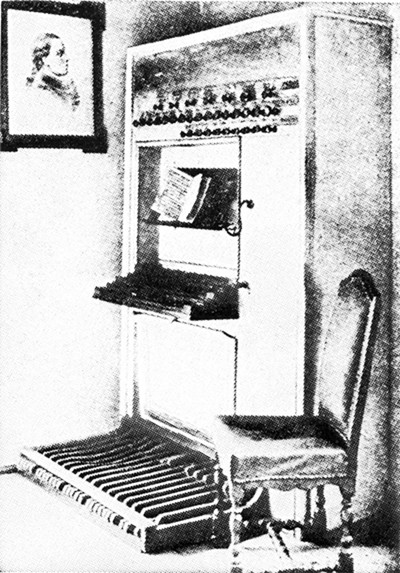Good luck! You may check your answers using yesterday's post:
1. When and where was Beethoven born?
2. Who was his first teacher?
3. What did his father do?
4. How long did little Ludwig go to school?
5. What description of him as a boy in school has been given?
6. How old was he when he first played in public?
7. What composition of his was first to be published?
8. Which of his teachers took great interest in him?
9. What did he say about the little boy's future?
10. Where did Beethoven go when he was sixteen years old?
11. With what two great masters did he study?
12. What composer, as a little boy, went to see Beethoven?
13. How did he describe him?
14. Name some of the forms of music which Beethoven composed.
15. Write a list of music by Beethoven that you have heard.
16. What is a concerto? a sonata?
17. How old was Beethoven when he died?
1. When and where was Beethoven born?
2. Who was his first teacher?
3. What did his father do?
4. How long did little Ludwig go to school?
5. What description of him as a boy in school has been given?
6. How old was he when he first played in public?
7. What composition of his was first to be published?
8. Which of his teachers took great interest in him?
9. What did he say about the little boy's future?
10. Where did Beethoven go when he was sixteen years old?
11. With what two great masters did he study?
12. What composer, as a little boy, went to see Beethoven?
13. How did he describe him?
14. Name some of the forms of music which Beethoven composed.
15. Write a list of music by Beethoven that you have heard.
16. What is a concerto? a sonata?
17. How old was Beethoven when he died?

